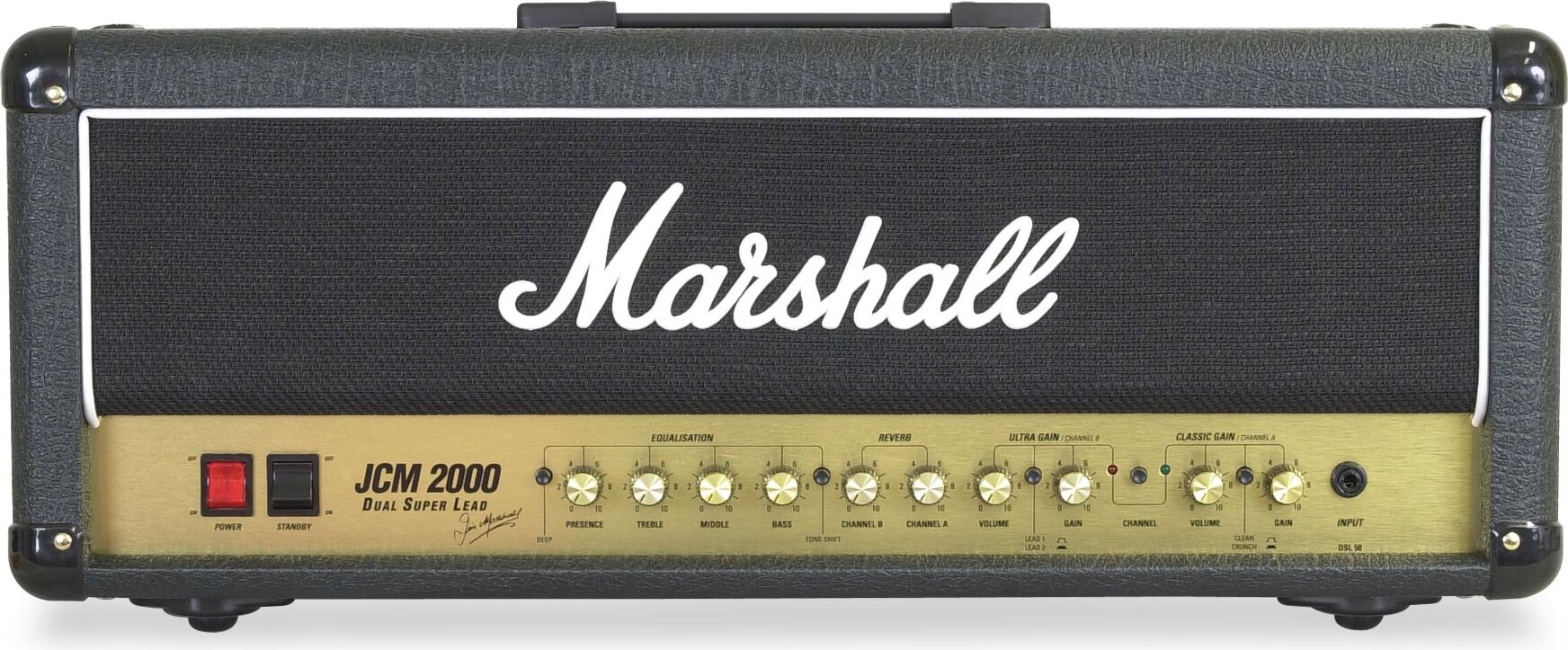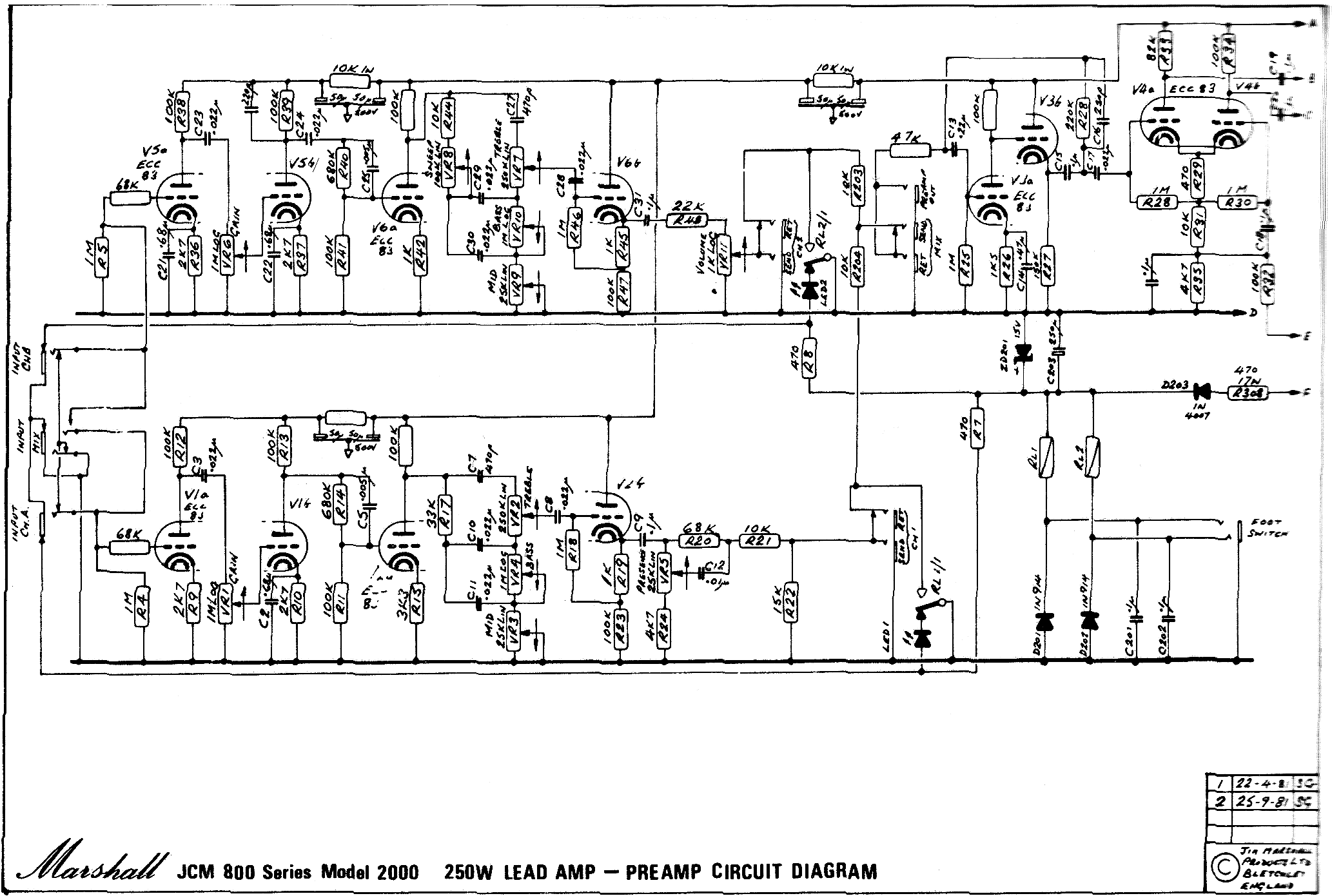
Personally, the crunch mode with a proper serving of gain, is one of the key features of this amp.Īs much as you want, you can have. If that "plexi" sound is more to your liking, you can warm up the clean mode by adding some gain. If your style calls for a lot of clean sounds, you may wish to consider something else as it would be a god awful waste of the lovely valve warmth and grind this head offers Sure you could set this to clean and use the Ultra Gain channel, but your unlikely to get that bottom end unless you add an eq to your effects loop, which with two individual pedals to control ventures very close to rive-dance territory, and we all know how ridiculous that feels and looks. If your music/playing style calls for a lot of back and forth between clean and crunch, there are not a lot of options: Its basically down to playing lighter and turning your guitar volume down for less distortion or setting the mode to clean and using a distortion pedal. picking strength) the more it seemed to growl. I found the crunch mode very responsive, the harder I played (i.e. Marshall compares this mode with the "JCM 800 2203 style grind". Distortion is tight and the gain range offers up a wide range of possibilities. The Crunch mode definitely delivers this is a great sounding Rhythm channel. Try a bouquet or a fruit basket refer to last month’s blog "pampering your sound man". In a live setting, switching between the clean and crunch mode on this channel, would yield very unsatisfactory results unless you have a very responsive, caring, and loving soundman which is never the case (for me anyways). One thing I did notice was the big difference in volume from the clean mode to the crunch mode. But you don’t buy a legendary Marshall for its clean tone you buy it for that signature distortion that is heard nearly everywhere. With the mode set to clean it sounded controlled and lacked that punchy brightness, however by adjusting the EQ you should be able to get an adequate clean sound. I found that even with a bright pickup such as the hot rails, I was able to push some serious air. If you’re looking for that "fat bottom end" this is where you will find it, of course that all depends on your git. Overall there are a squillion variables that will influence tone, anywhere from room size, guitar, volume, pick-up height etc. I initially had the EQ set at 7's straight across the board which sounded good, but when playing live at loud volumes I had to pull back the bass to 5 and increase the mid to 8.5. No mods, factory tubes, out of the box (or used retro music store box). A seperate footswitch (not included) controls the reverb (on/off) for each channel. Switching between channels results in zero or a barely audible delay to my ears but I'm sure someone with a handy spectrono-nipple-regurgo-graph will call me on it. The footswitch (included) provides the ability to switch between both channels but unfortunately does not allow for switching between the modes of each channel, which would have been a nice touch, more on this later. The DSL has two channels each with two modes. Regardless, the deep switch when engaged gave me the sound I was after: Bright, responsive with a little angry growl on the low end. The EQ was not as responsive as I would have liked, I found myself actually straining to hear the difference between the mid position of 2 and 6 at low volumes. Complementing the EQ is a Tone shift (button) that pulls out the mids if you’re looking for that classic metal sound and a Deep switch (button) that adds a noticeable amount of bottom to the overall tone.

The EQ is your standard fair with Treble, Mid, Bass and Presence serving both channels. OverviewĪ basic rock'n'roll rhythm/lead two channel amp, no more no less. I'm a picky bugger that expects good value for my dollar.

This review is based on my experience and needs. Besides, having had gear stolen on numerous occasions, the orange styling might make it less appealing to would-be thieves, since there were only 100 of these signature models made.ĭisclaimer: I'm not going to regurgitate the technical specs on this amp, if Yes indeed it is bright orange, and while it may not scream "rock star" from a cosmetic perspective, just wait until you crank it up.


This is a very unique looking amp, with the typical trademark Marshall branding. Not only is this beast orange but it bears the signature of Jim Marshall across both the head and cabinet. Just got my hands on a 2004 signature Marshall Dual Super Lead 50 Watt Head and matching 1960-A cabinet.


 0 kommentar(er)
0 kommentar(er)
